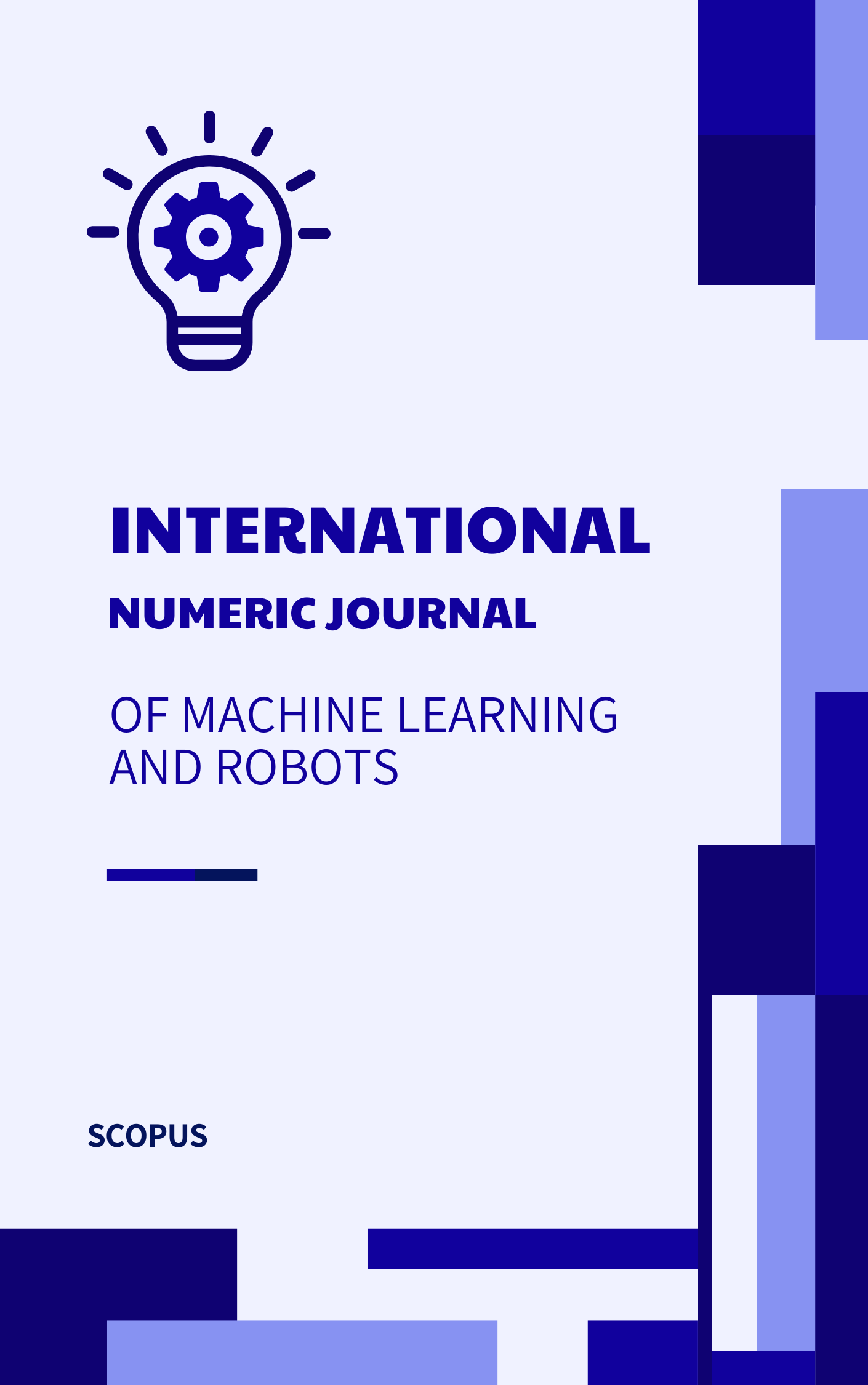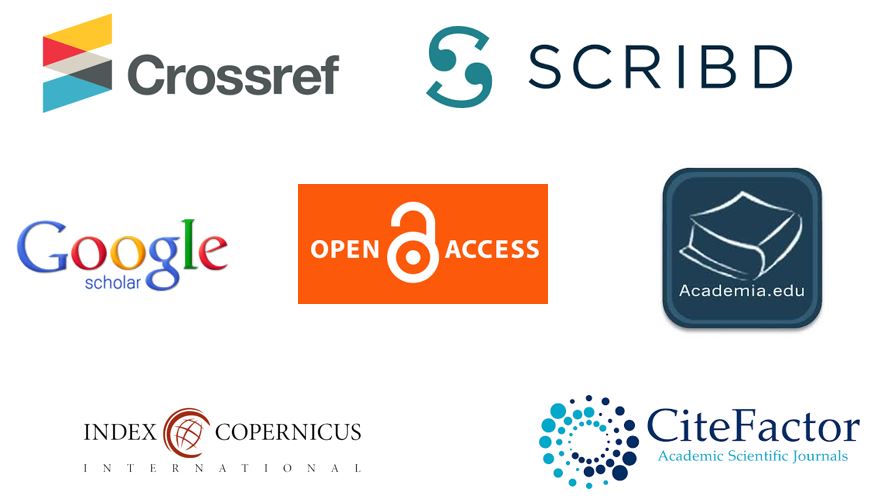Blockchain-Enabled Secure Access Control Frameworks for IoT Networks
Abstract
Amidst this fast proliferation of the Internet of Things, unparalleled opportunities exist for automating various sectors in smart ways; however, the challenges are equally great in terms of security, privacy, and access control. Traditional centralized security models have been found to be poorly equipped to handle the continuously growing scale of IoT devices with single points of failure, scalability issues, and inefficient trust management. Considering these, the blockchain technology pops up as a promising candidate to solve these challenges. The decentralized and transparent approach of blockchain guarantees secure and intrusion-proof access control mechanisms. In this paper, we design and propose a blockchain-enabled secure access control framework for IoT networks that relies on smart contracts for automated access policies, guarantee data privacy, and improves the authentication and authorization of devices. Using it, we can avoid permission central administration and be robust to DDoS attacks and data breach attempts. We do a performance evaluation of the framework using a real-world IoT dataset where we also reduce latency and increase the degree of transaction throughput with high levels of security. Hence, findings portrayed how the integration of blockchain technology with an access control mechanism for IoT promotes security levels while allowing for easy scalability. Additionally, the paper contains some of the major challenges and future directions associated with energy consumption of IoT devices and limitations of the resource the devices have, hence improvement on the advancement of blockchain technology in IoT ecosystems.
References
. Xu, R., He, D., & Zhang, Y. (2019). "A blockchain-enabled trustless authentication scheme for smart grid edge computing infrastructure." IEEE Transactions on Industrial Informatics, 15(12), 6582-6591.
. Conti, M., Dehghantanha, A., & Dargahi, T. (2018). "Internet of Things security and forensics: Challenges and opportunities." Future Generation Computer Systems, 78, 544-546.
. Zhang, Y., Kasahara, S., Shen, Y., & Jiang, X. (2019). "Smart contract-based access control for the internet of things." IEEE Internet of Things Journal, 6(2), 1594-1605.
. Ronakkumar Bathani (2020) Cost Effective Framework For Schema Evolution In Data Pipelines: Ensuring Data Consistency. (2020). Journal Of Basic Science And Engineering, 17(1), .Retrieved from https://yigkx.org.cn/index.php/jbse/article/view/300
. Singh, S., Singh, N. (2016). "Blockchain: Future of financial and cybersecurity." Proceedings of IEEE Symposium on Computing and Communication, pp. 499-502.
. Dorri, A., Kanhere, S. S., Jurdak, R. (2017). "Blockchain in internet of things: Challenges and solutions." IEEE Internet of Things Journal, 4(6), 2347-2354.
A critical analysis of the challenges that come with using blockchain in IoT networks, including latency, scalability, and security issues.
. Wu, W., Li, G., He, W., & Zhang, Y. (2018). "An efficient access control scheme for IoT based on lightweight attribute-based encryption and blockchain." IEEE Internet of Things Journal, 6(2), 2953-2962.
. Reyna, A., Martín, C., Chen, J., Soler, E., & Díaz, M. (2018). "On blockchain and its integration with IoT: Challenges and opportunities." Future Generation Computer Systems, 88, 173-190.
. Zyskind, G., Nathan, O., & Pentland, A. S. (2015). "Decentralizing privacy: Using blockchain to protect personal data." Proceedings of IEEE Security and Privacy Workshops, pp. 180-184.
. Khan, M. A., Salah, K. (2018). "IoT security: Review, blockchain solutions, and open challenges." Future Generation Computer Systems, 82, 395-411.





